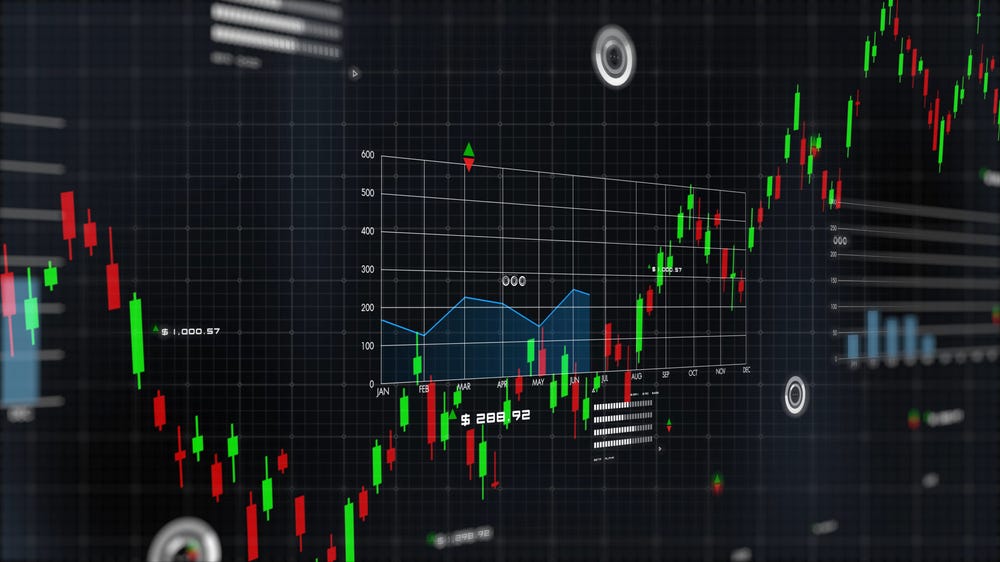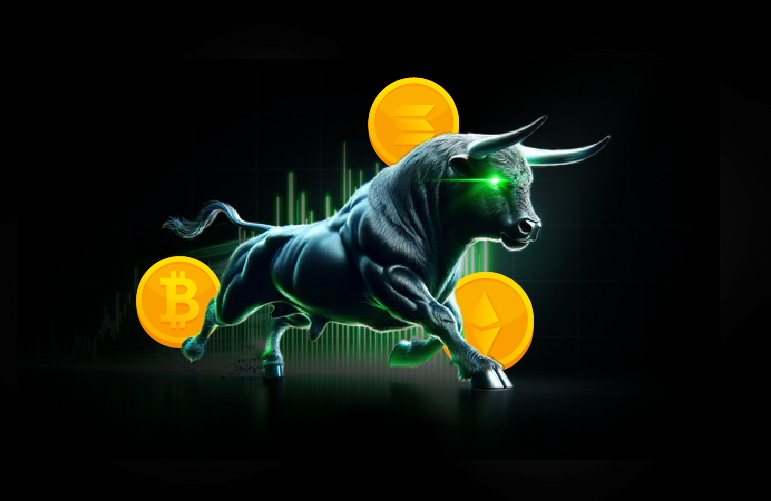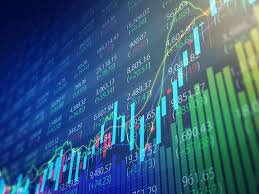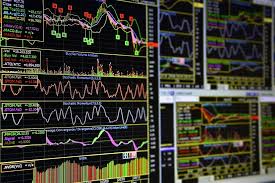Understanding Crypto Liquidity: A Guide for Smart Traders
The cryptocurrency market is fast-paced and volatile. To navigate it successfully, traders need to understand key concepts. Liquidity is one of the most important. It’s the lifeblood of any market, and understanding it can be the difference between a successful trade and a costly mistake. This guide will explain what liquidity is, why it matters, and how you can use it to inform your trading decisions.
What is Liquidity in Crypto?
Liquidity refers to how easily and quickly you can buy or sell a cryptocurrency without significantly affecting its price. Think of it like a bustling marketplace. In a highly liquid market, there are many buyers and sellers, so you can easily find someone to trade with at a fair price. This leads to swift transactions and minimal price impact, even for large orders.
An illiquid market, on the other hand, is like a quiet, empty marketplace. There are fewer buyers and sellers, which means it’s harder to execute a trade. A large buy or sell order can drastically move the price, resulting in what’s known as slippage. Slippage is the difference between the price you expect to get and the price you actually get.
Why Does Liquidity Matter for Traders?
Liquidity is crucial for several reasons:
- Price Stability: High liquidity acts as a buffer against wild price swings. With many participants, a single large trade won’t cause a huge price spike or crash. This creates a more stable, predictable trading environment.
- Reduced Risk: Low liquidity increases your risk. If you can’t exit a position quickly at a fair price, you might be stuck with an asset that’s losing value. Liquidity ensures you can enter and exit trades when you want to, minimizing this risk.
- Tighter Spreads: In a liquid market, the bid-ask spread (the difference between the highest price a buyer is willing to pay and the lowest price a seller is willing to accept) is very narrow. This means you can buy and sell closer to the actual market price, which is essential for short-term strategies like crypto day trading.
- Protection from Manipulation: Illiquid markets are more susceptible to price manipulation. “Whales”—individuals with large amounts of capital—can place a huge order to artificially inflate or deflate a token’s price. In a liquid market, these large orders are absorbed more easily, making manipulation much harder.
How to Check for Crypto Liquidity
You don’t need a PhD in finance to assess a cryptocurrency’s liquidity. Here are the key indicators traders use:
- Trading Volume: This is the most straightforward indicator. Trading volume measures the total number of assets traded over a specific period (e.g., 24 hours). High trading volume generally means high liquidity. You can find this metric on any major crypto exchange or market data site.
- Market Capitalization: A large market cap (the total value of all coins in circulation) often correlates with high liquidity. Cryptocurrencies with a high market cap, like Bitcoin and Ethereum, tend to have strong demand and are traded on many different exchanges.
- Order Book Depth: The order book shows all the buy and sell orders for a specific cryptocurrency at different price points. A “deep” order book has a large number of orders on both the buy and sell side, especially near the current market price. This indicates a liquid market because it shows there are plenty of participants ready to trade. You can view the order book on any trading exchange.
- Bid-Ask Spread: As mentioned earlier, a tight bid-ask spread is a tell-tale sign of a liquid market. You can observe this directly on the trading interface of any crypto exchange. A narrow spread means you can execute a trade with less slippage.
In conclusion, liquidity is a fundamental concept for anyone looking to trade cryptocurrencies. It impacts everything from price stability to risk management. By consistently checking a crypto’s trading volume, market cap, and order book, you can make more informed decisions and trade with greater confidence.














Post Comment